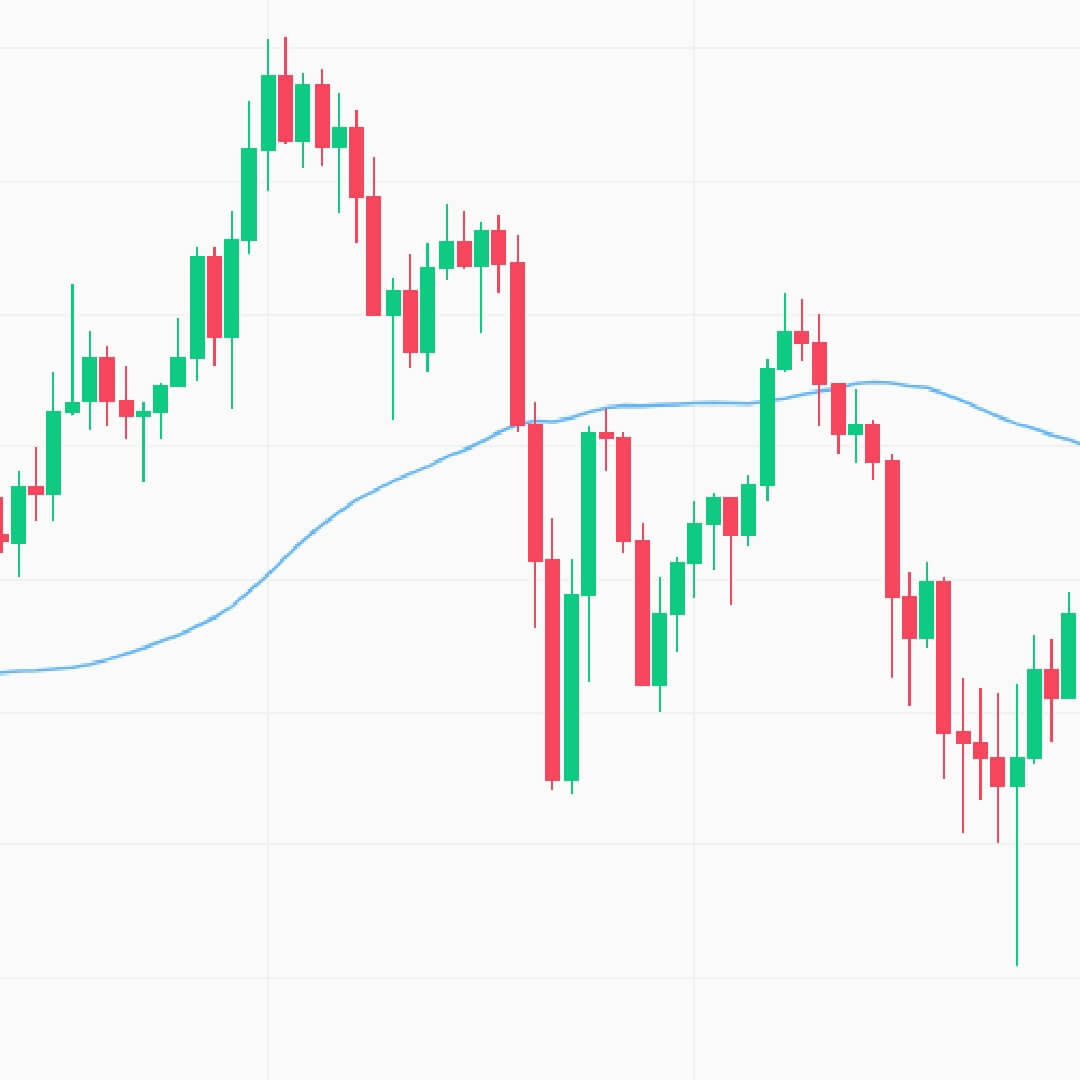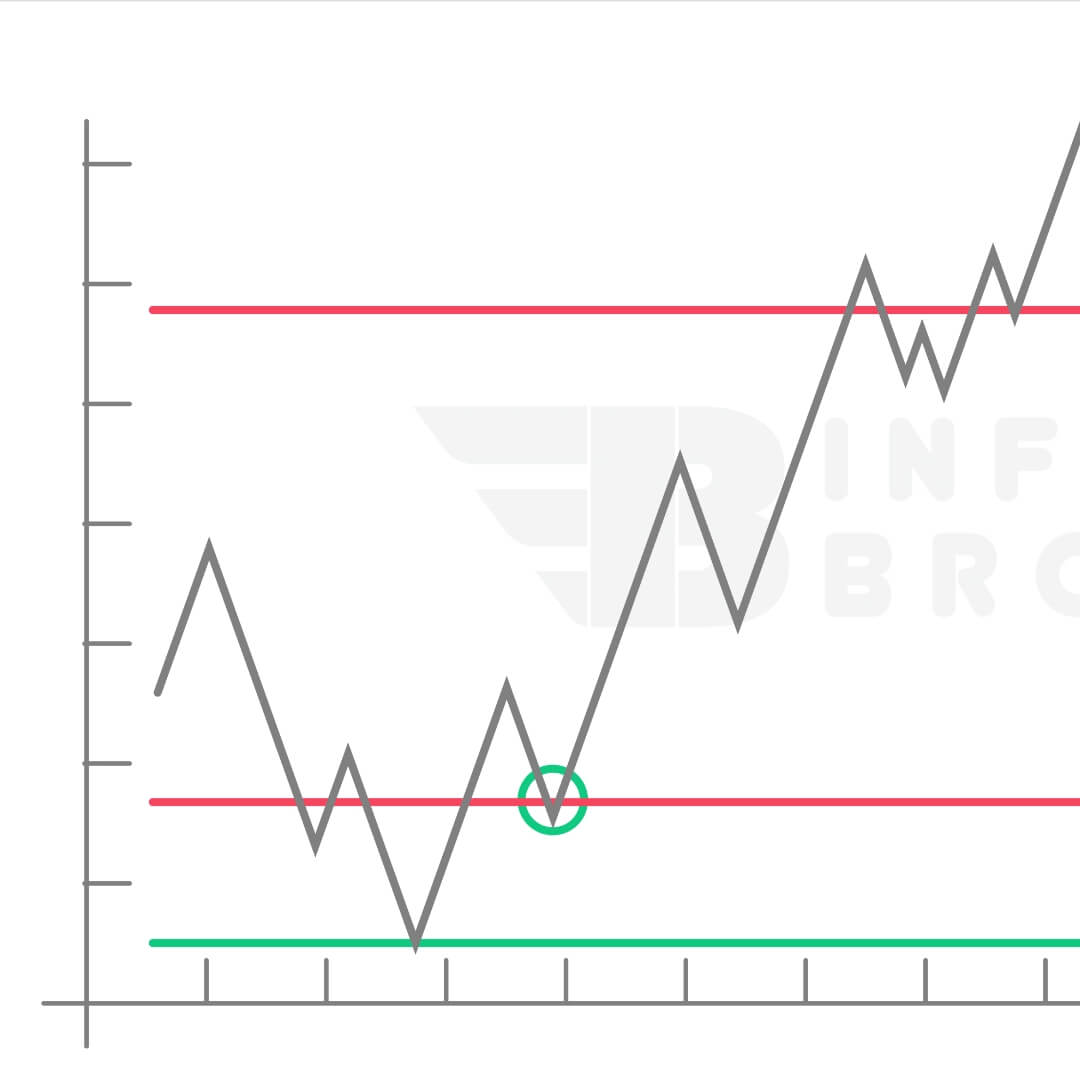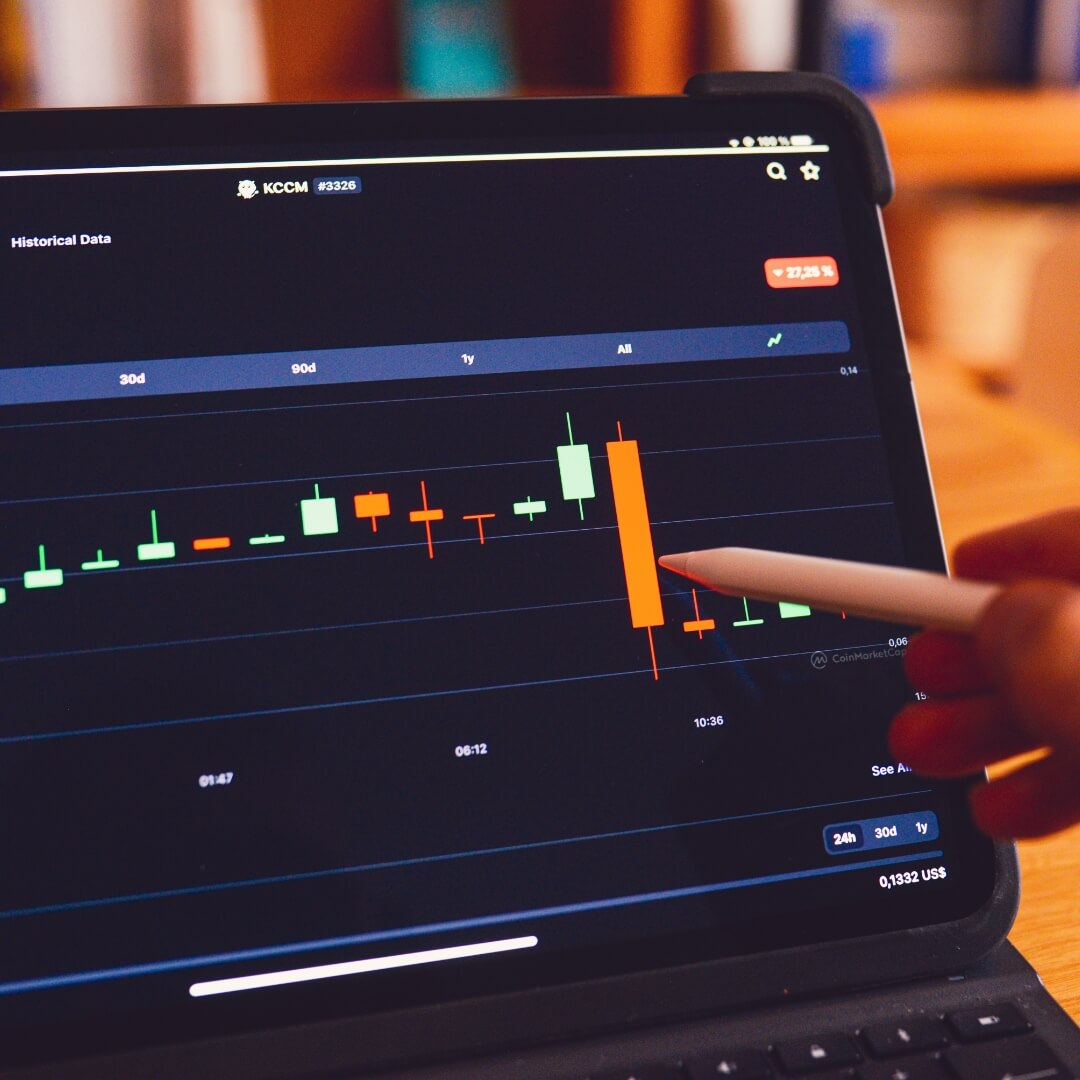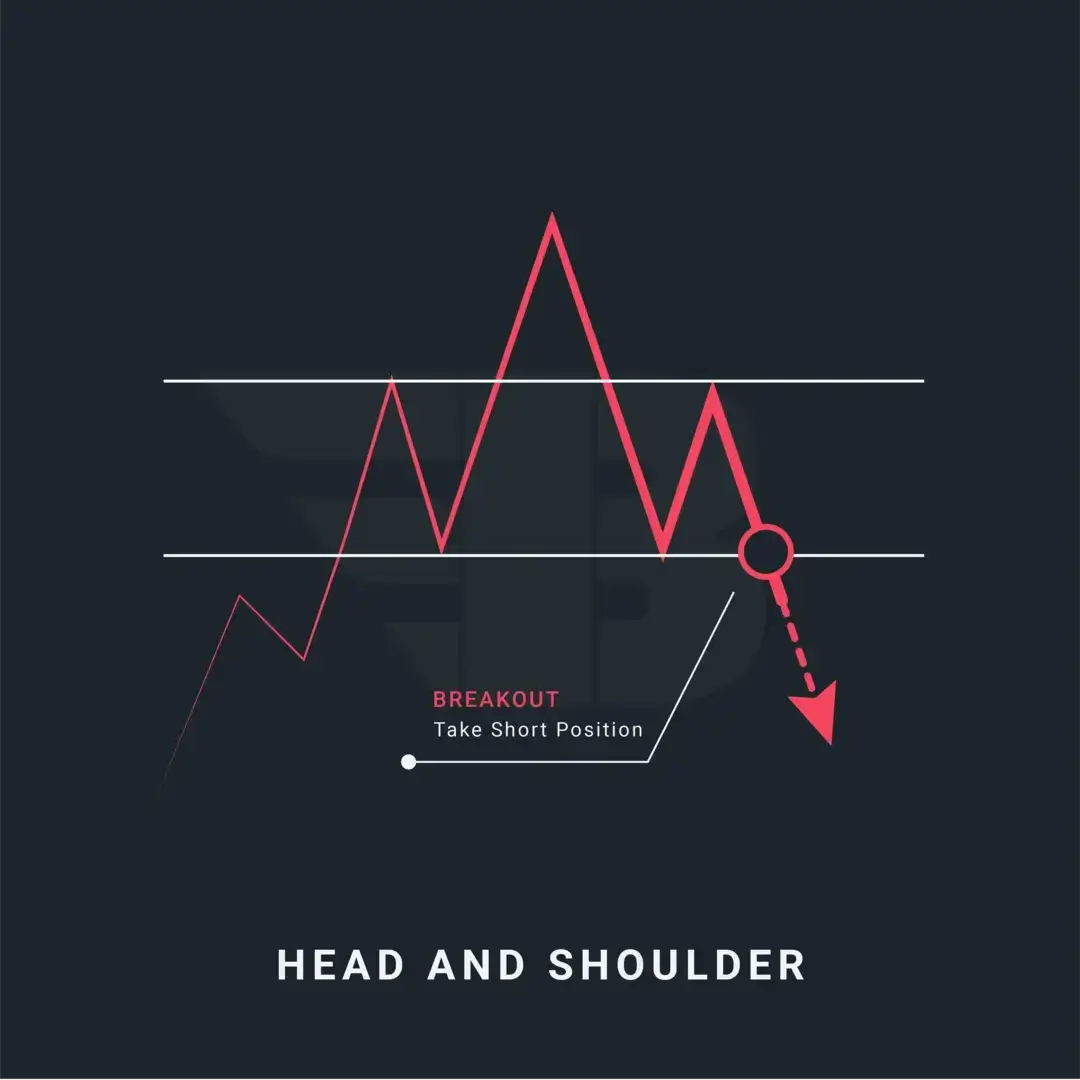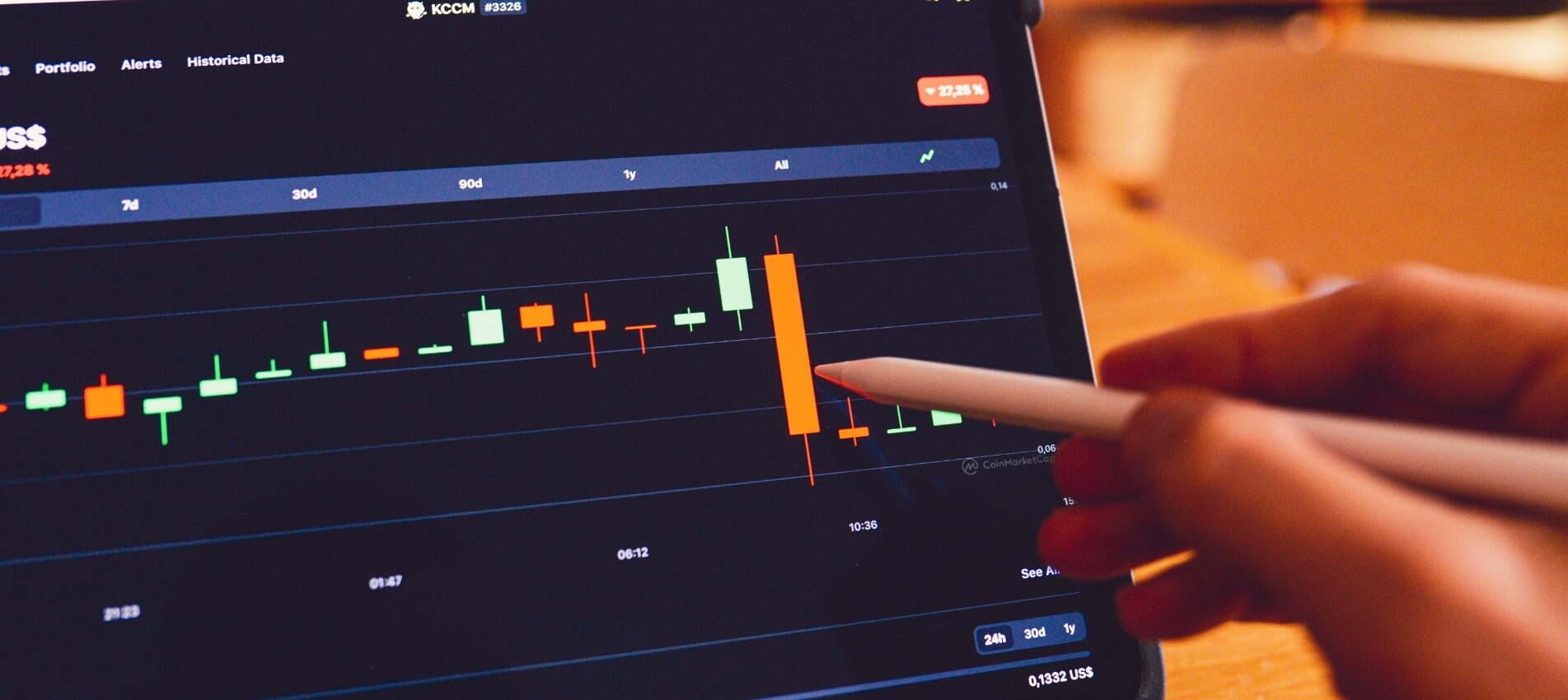
Analysing Candlestick Pattern
Candlestick Patterns Explained: Learn to Analyze with Confidence
Candlestick patterns are used by price action traders because they transmit a lot of information about each trading session in an easy-to-understand visual style, allowing traders to analyze price behavior over time periods with a single scan of a price action chart. Each candlestick may be "read" as a significant component of the unfolding price story. They convey "market sentiment": whether bears or bulls were in charge (and to what extent), and how far traders were able to drive prices in both directions.
A lengthy candle's body with no shadows or wicks, for example, shows a clear change in the power battle, but a candle with a long top shadowbeyond its body suggests a more contested phase with a bullish attempt to push price higher that was driven back by bearish pressure before the candle closed. Traders have grown to see some recurrent candlestick patterns as accurate indicators of future market activity. The course Technical Analysis: Candlestick Trading for Beginners is designed to provide an overview of some of these patterns, which may assist traders in making sense of market circumstances and identifying the best moments to join trades.
The ability to interpret candlesticks helps a price action trader to become a meta-strategist by considering the actions of other traders and large-scale market movers. Candlestick patterns, in other words, assist traders.












